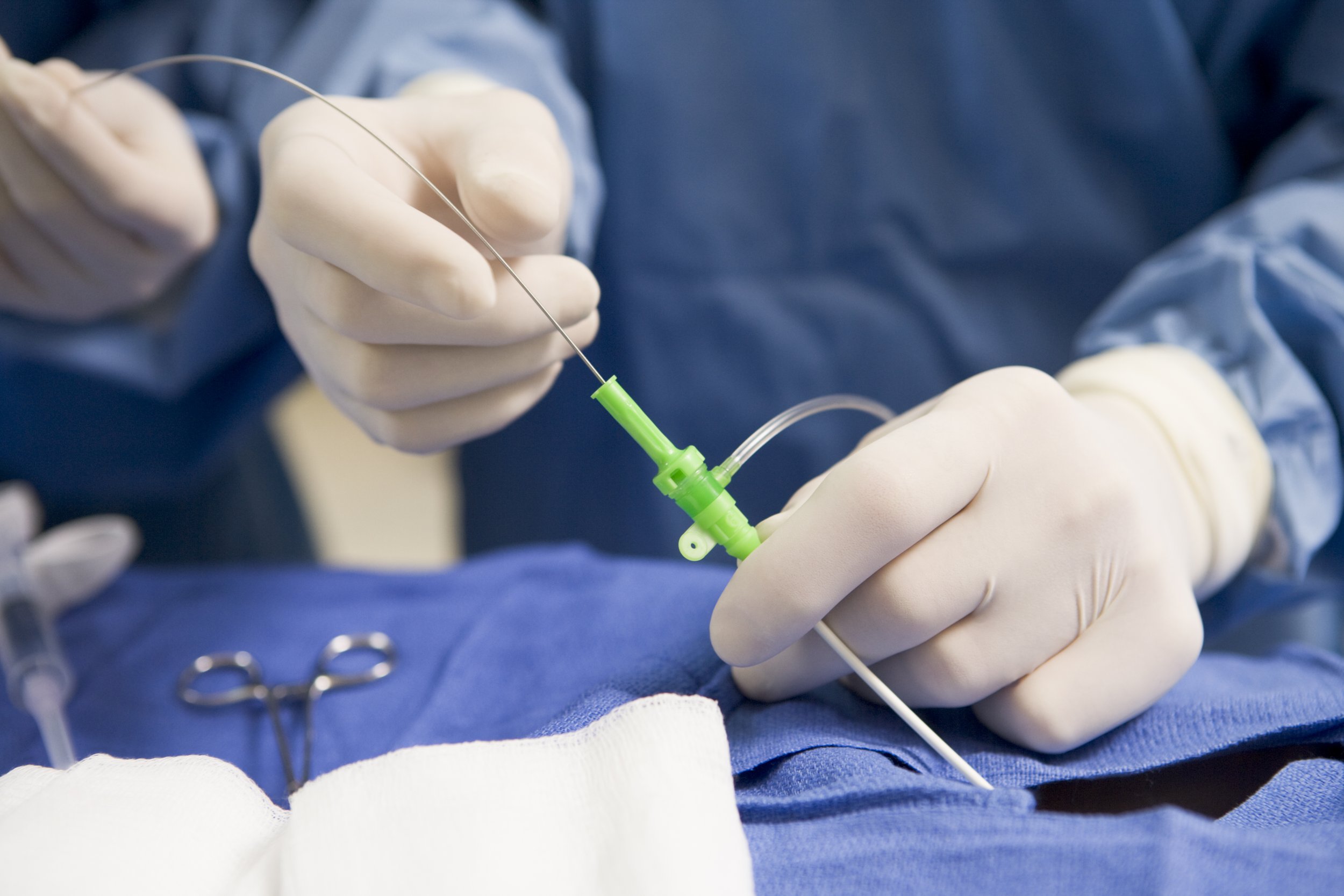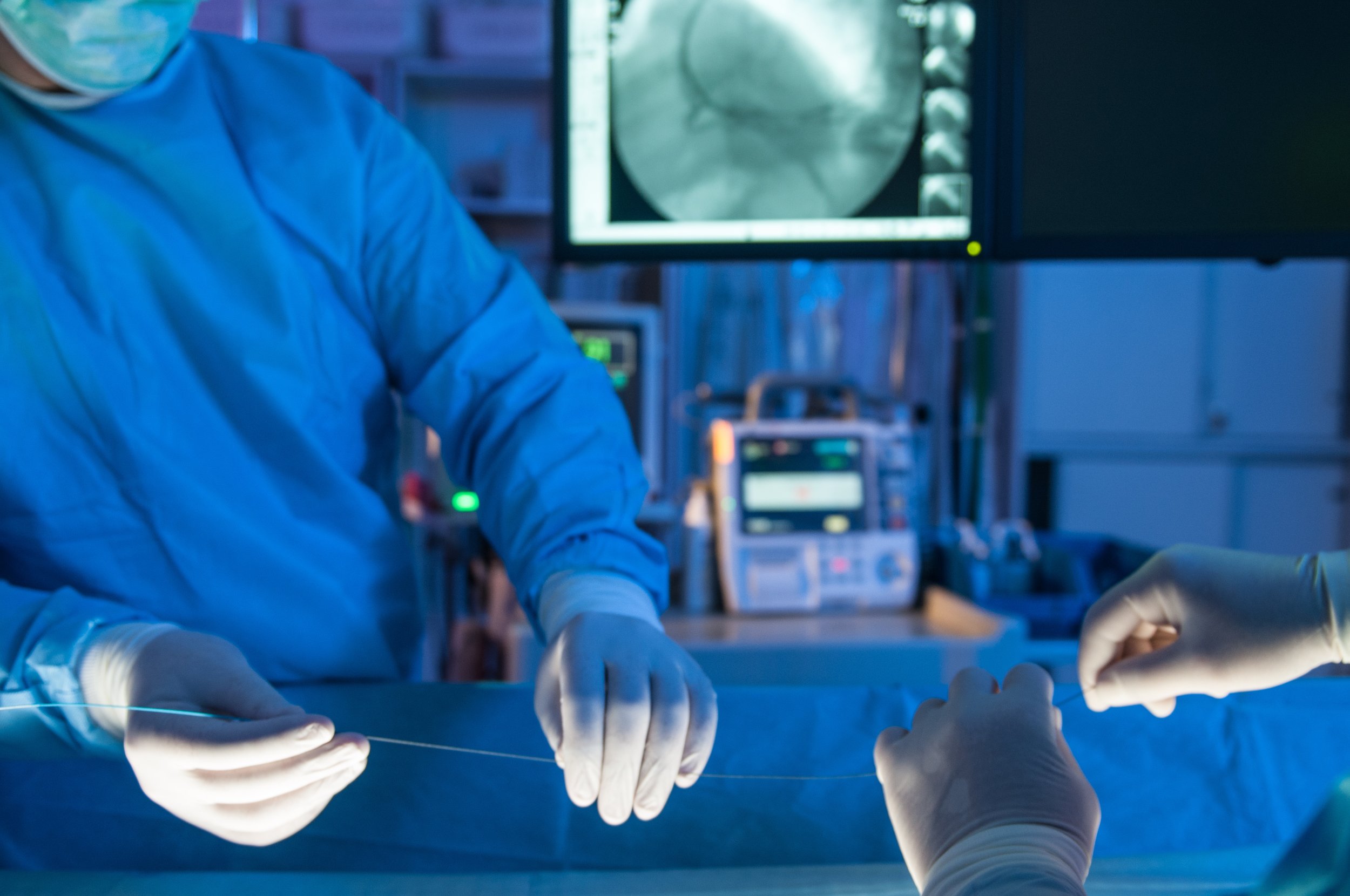
Cardiac Catheterization and Stenting
What it is
Cardiac catheterization, also known as coronary angiography, is a procedure performed in the hospital using local anesthesia and mild sedation to reduce discomfort and anxiety. It is usually done to look for blockages in the arteries that feed blood to the heart muscle. A thin flexible tube, called a catheter, is threaded from the wrist or groin artery to the blood vessels that feed the heart. While an X-ray machine is running, dye is injected through the tube into those arteries, making it possible to visualize blockages. It is also possible to assess heart muscle strength and valve function by dye injection.
The procedure generally takes about 30 mins. If it is done through the groin area, patients need to lay flat afterwards. Most patients are discharged the same day.
What we learn
We learn whether blockages are present, where they are, and how significant they are. Sometimes additional information is gathered about heart strength, heart valve function, and whether there is too a high a pressure in the vessels that feed the lungs.
If one or more significant blockages are found, angioplasty and stenting may be performed. In angioplasty, a small balloon is passed into the blocked artery and inflated to open up the artery further. Angioplasty is often combined with the placement of a small wire mesh tube called a stent. The stent helps prop the artery open, decreasing the chance of narrowing again. Most stents are coated with drugs to help reduce scar tissue formation in the artery that can narrow the stent.
Services we offer
-

Stress Testing
Exercise and chemical stress testing to assess for blockages and assessment of heart strength by gated blood pool scanning.
-

Sleep Apnea and Sleep Studies
Diagnosis and treatment of obstructive sleep apnea and related diseases.
-

Catheterization and Stenting
Diagnosis and treatment of coronary artery disease including cardiac catheterization and stent placement.
-

Arrhythmias and their treatments
Diagnosis and treatment of arrhythmias including pacemaker and defibrillator placement and ablation procedures.
-

Echocardiography
Cardiac ultrasound to visualize the heart using additional advanced techniques such as bubble or definity contrast as needed. Transesophageal ultrasound performed in the hospital as an outpatient procedure.
-

Vascular Ultrasound
Evaluation of the carotid arteries and blood vessels of the abdomen, kidneys and legs.

